“Once a new technology rolls over you, if you're not part of the steamroller, you're part of the road.”
By Stewart Brand
A web development stack is a collection of technologies and tools for creating websites and web applications. It includes programming languages, frameworks, databases, and other software components. The choice of web development stack is important because it affects how well your project performs, scales, and works efficiently.
In 2024, several web development stacks are expected to be popular in the industry because of their capabilities and how well they meet modern web development needs.
Each of these stacks has its advantages and can be used for different types of projects. In this article, we will take a closer look at each of these web development stacks to understand what they consist of and when they are most suitable to use.
Top Brands using Tech Stack:
| Brands | Tech Stacks |
| Netflix | MERN stack (React, Node.js, Express.js, MongoDB) |
| Airbnb | Ruby on Rails stack (Ruby, Rails, PostgreSQL) |
| Spotify | MEAN stack (Angular, Express.js, MongoDB, Node.js) |
| Uber | Python stack (Django, Flask, PostgreSQL) |
What is a Web Development Stack?
A web development stack is a combination of technologies used to build and run a web application. It typically includes:
Front-end technologies: Responsible for the user interface and interactivity (HTML, CSS, JavaScript).
Back-end technologies: Handle server-side logic, data management, and communication (programming languages, frameworks, databases).
Leading Web Stack Technologies in 2024
MERN Stack: MongoDB, Express.js, React, Node.js

The MERN stack is a popular web development stack that consists of four main components: MongoDB, Express.js, React, and Node.js. Each component plays a crucial role in the development process and offers unique advantages for building web applications.
MongoDB:
- MongoDB is a NoSQL database that stores data in JSON-like documents.
- It provides scalability and flexibility for handling large amounts of data.
- MongoDB's document-oriented model allows for easy integration with JavaScript and JSON-based applications.
Express.js:
- Express.js is a backend framework for Node.js that simplifies the development of web applications.
- It offers a robust set of features for routing, middleware management, and request handling.
- Express.js provides a lightweight and flexible framework to build scalable and efficient APIs.
React:
- React is a JavaScript library for building user interfaces.
- It offers a component-based architecture that allows developers to create reusable UI components.
- React's virtual DOM efficiently updates only the necessary parts of the UI, resulting in better performance.
Node.js:
Node.js is a runtime environment that allows developers to run JavaScript on the server-side.
It provides an event-driven, non-blocking I/O model, making it efficient for handling concurrent requests.
Node.js enables building scalable and high-performance web applications.
The MERN stack offers several advantages for web development projects:
Full-stack JavaScript: The entire stack is built using JavaScript, which eliminates the need for context switching between different programming languages. This makes it easier for developers to work on both the frontend and backend of an application.
Reusability: With React's component-based architecture, developers can create reusable UI components, resulting in faster development and easier maintenance.
Scalability: The combination of MongoDB's scalability and Node.js' non-blocking I/O model allows for building highly scalable and efficient web applications.
Flexibility: The MERN stack provides flexibility in terms of technology choices. For example, developers can choose between different front-end frameworks or switch to a different database if needed.
Considerations to keep in mind when choosing the MERN stack:
Learning Curve: If you are new to JavaScript or any of the MERN stack components, there might be a learning curve involved in understanding and implementing each component effectively.
Performance: While Node.js offers excellent performance, it may not be the best choice for CPU-intensive tasks. Consider the specific requirements of your project before deciding on the MERN stack.
MEAN Stack: MongoDB, Express.js, Angular, Node.js

The MEAN stack is another popular web development stack that consists of MongoDB, Express.js, Angular, and Node.js. Each component plays a crucial role in the development process and offers unique features and advantages.
MongoDB
MongoDB is a NoSQL database that stores data in JSON-like documents. It provides high scalability, flexibility, and performance for web applications. Some key features of MongoDB include:
Schema-less: Unlike traditional SQL databases, MongoDB does not require a predefined schema, allowing for dynamic and agile development.
Scalability: MongoDB's distributed architecture supports horizontal scaling, making it suitable for handling large amounts of data.
Flexible Queries: MongoDB's powerful query language allows developers to perform complex queries and search operations efficiently.
Express.js
Express.js is a lightweight and flexible web application framework that runs on top of Node.js. It simplifies the process of building robust and scalable web applications. Here are some advantages of using Express.js:
Minimalistic Framework: Express.js provides a minimalistic approach to web development, allowing developers to have more control over their application.
Middleware Support: Express.js has built-in middleware support, making it easy to add functionality to the application such as logging, authentication, and error handling.
Easy Routing: Express.js allows developers to define routes easily and handle HTTP methods like GET, POST, PUT, DELETE effectively.
Angular
Angular is a powerful frontend framework developed by Google for building dynamic single-page applications (SPAs). It provides a comprehensive set of tools and features for frontend development. Some key advantages of using Angular are:
Two-way Data Binding: Angular's two-way data binding feature allows automatic synchronization between the model and the view, reducing manual effort.
Modular Architecture: Angular promotes a modular approach to development with its component-based architecture, making it easier to maintain and test applications.
Extensive Ecosystem: Angular has a large and active community, with a vast ecosystem of libraries, tools, and resources available for developers.
Node.js
Node.js is a JavaScript runtime environment that allows developers to build server-side applications using JavaScript. It offers several benefits for web development:
Single Language: With Node.js, developers can use JavaScript for both frontend and backend development, reducing the need to learn multiple languages.
Asynchronous Programming: Node.js is known for its non-blocking, event-driven architecture, which enables highly scalable and performant applications.
Vast Package Manager: Node.js comes with npm (Node Package Manager), a comprehensive package manager that provides access to thousands of reusable libraries and modules.
The MEAN stack is well-suited for building real-time applications, SPAs, or large-scale enterprise-level applications. Its powerful combination of MongoDB, Express.js, Angular, and Node.js provides developers with the necessary tools and flexibility to create robust and feature-rich web applications.
MEVN Stack: MongoDB, Express.js, Vue.js, Node.js

The MEVN stack is another popular web development stack that consists of MongoDB, Express.js, Vue.js, and Node.js.
MongoDB: Known for its flexibility and scalability, MongoDB is a popular choice for handling large amounts of data in various formats.
Express.js: With its simple and intuitive API, Express.js makes it easy to create server-side applications and handle HTTP requests.
Vue.js: Designed to be incrementally adoptable, Vue.js offers a lightweight and reactive approach to building UI components.
Node.js: By using JavaScript on both the frontend and backend, Node.js enables seamless communication between the two layers of an application.
Key Advantages and Use Cases
The MEVN stack has several advantages that make it suitable for certain types of projects:
Real-time Applications: MEVN is well-suited for real-time applications that require seamless data updates, such as chat apps or collaborative tools.
Scalability: The stack offers scalability, making it ideal for projects with potential growth or high traffic volumes.
Developer Productivity: Vue.js simplifies the development process with its intuitive design and reactivity, allowing developers to build interactive interfaces more efficiently.
Pros and Cons of MEVN stack:
Pros
Flexibility: Vue.js allows incremental adoption and integration into existing projects, making it easier to migrate from other frameworks.
Performance: The stack's components are designed to optimize performance and responsiveness, ensuring a smooth user experience.
Cons
Learning Curve: Developers transitioning from other frameworks may face a learning curve with Vue.js, as its syntax and concepts differ from traditional approaches.
Maturity: While gaining popularity, Vue.js might be considered less mature compared to other frontend frameworks like React or Angular, which could result in fewer available resources and community support.
By understanding these aspects, developers can make informed decisions when considering the MEVN stack for their web development projects.
Serverless Stack
Serverless architecture, also known as Function as a Service (FaaS), is a cloud computing model where the cloud provider manages the infrastructure, allowing developers to focus solely on writing and deploying code. In a serverless stack, the application's logic is broken down into small, event-driven functions that are executed in response to specific triggers.
Benefits of serverless stack:
Scalability: Serverless architecture automatically scales based on demand, eliminating the need for capacity planning.
Cost-effectiveness: With serverless, you only pay for the actual compute time used, making it an economical option for applications with unpredictable traffic patterns.
Reduced operational complexity: Developers can offload infrastructure management tasks to the cloud provider, enabling them to concentrate on building and improving application features.
Limitations:
Vendor lock-in: Adopting a serverless stack may lead to dependency on a specific cloud provider's services, making it challenging to migrate to an alternative platform.
Performance variability: While serverless platforms offer high scalability, they may introduce latency due to cold starts when initializing new function instances.
LAMP stack: Linux, Apache, MySQL, PHP

The LAMP stack is a popular open-source web platform used for building and hosting dynamic websites and web applications. It consists of the following components:
Linux: The operating system that provides the foundation for the stack.
Apache: The web server software responsible for serving web content to users.
MySQL: A relational database management system (RDBMS) that stores and manages the website's data.
PHP: A server-side scripting language used for creating dynamic web pages.
Open-source and cost-effective: Since all the components in the LAMP stack are open-source, they can be used without any licensing fees, making it an affordable option for businesses.
Flexibility to customize according to project needs: Each component of the LAMP stack can be customized to fit specific requirements, allowing developers to create tailored solutions.
Strong community support and extensive documentation: The LAMP stack has been around for many years and has a large community of developers who contribute to its development and provide support through forums and documentation.
Suitable for small to medium-sized websites and applications: The LAMP stack is well-suited for smaller projects that don't require high scalability or complex architectures.
Pros of LAMP Stack
Widely adopted with a large talent pool: Many developers are familiar with the LAMP stack, making it easier to find skilled professionals for development and maintenance.
Seamless integration between components: Since all the components are designed to work together, there are no compatibility issues or conflicts.
Support for various programming languages in addition to PHP: While PHP is the primary language used with the LAMP stack, developers can also use other programming languages like Python or Perl if needed.
Cons of LAMP Stack
May require more manual configuration compared to other stacks: Setting up and configuring the LAMP stack can be more time-consuming and complex, especially for beginners.
Limited scalability for high traffic or complex applications: The LAMP stack may not perform well under heavy loads or when dealing with large amounts of data, requiring additional optimization or scaling techniques.
Security vulnerabilities if not regularly maintained and updated: Since the LAMP stack is open-source, it's important to keep all the components up-to-date with the latest security patches to mitigate any potential risks.
PERN Stack: PostgreSQL, Express.js, React, Node.js

The PERN stack is a powerful combination of technologies that offers a comprehensive solution for web development projects. It consists of PostgreSQL, Express.js, React, and Node.js, each playing a crucial role in the stack.
PostgreSQL
PostgreSQL is a robust and reliable open-source relational database management system. It excels in handling complex data structures and provides advanced features like triggers, stored procedures, and full-text search capabilities. With its ACID compliance and strong emphasis on data integrity, PostgreSQL is an excellent choice for projects that require secure and scalable data storage.
Express.js
Express.js is a flexible and minimalistic web application framework for Node.js. It simplifies the process of creating server-side applications by providing a set of robust features and middleware. Express.js enables developers to handle routing, manage HTTP requests and responses, implement authentication mechanisms, and integrate with databases seamlessly.
React
React is a popular JavaScript library for building user interfaces. It allows developers to create reusable UI components that efficiently update in response to changes in data or user interactions. React's virtual DOM (Document Object Model) enables fast rendering and efficient updates, making it ideal for creating dynamic and interactive web applications.
Node.js
Node.js is a runtime environment that allows developers to run JavaScript code on the server-side. It provides an event-driven architecture and non-blocking I/O operations, resulting in highly scalable and performant applications. With Node.js, developers can build server-side logic, handle database operations, and manage application state efficiently.
The PERN stack offers several advantages for web development projects:
Full-stack JavaScript: Using the PERN stack allows developers to leverage their existing JavaScript skills across the entire project, from front-end to back-end.
Performance: The combination of React and Node.js enables the creation of highly performant and responsive applications.
Scalability: With Node.js and PostgreSQL's scalability features, the PERN stack can handle high traffic loads and large datasets effectively.
Community support: All components of the PERN stack have active and vibrant communities, providing extensive documentation, tutorials, and libraries.
Ruby on Rails Stack

Ruby on Rails is a server-side web application framework written in Ruby under the MIT License. It provides default structures for databases, web services, and web pages. By enforcing conventions to minimize the effort required for tedious tasks, such as building forms and tables, Ruby on Rails aims to make web development more efficient and intuitive.
Full-Stack Framework:
Combines multiple components needed for web development into one framework, reducing the need for additional libraries and tools.
Handles front-end (HTML, CSS, JavaScript) and back-end (Ruby, database) development efficiently.
Model-View-Controller (MVC) Architecture:
Separates application logic into distinct layers:
Model: Manages data and business logic.
View: Renders user interface based on data.
Controller: Handles user interactions and directs data flow between model and view.
Convention over Configuration:
Encourages a standardized approach to development, reducing boilerplate code and configuration.
Provides default implementations for common tasks, simplifying development.
Offers flexibility for customization if needed.
Powerful Gem Ecosystem:
Extensive library of pre-built and reusable code modules (gems) for various functionalities.
Gems cover diverse areas like authentication, payments, email, social media integration, and more.
Saves development time and simplifies complex tasks.
Active Community and Support:
Large and active developer community providing online resources, tutorials, and forums.
Easy access to help and solutions for common challenges.
Regular updates and improvements from the community contribute to ongoing development.
Limitations of Using Ruby on Rails for Web Development
Learning Curve: While its strong conventions can boost productivity, they also require developers to learn and adhere to specific patterns.
Performance: For certain types of applications or specific use cases, the performance of Ruby on Rails may not be as optimal as other frameworks.
Choosing the Best Web Development Stack for Your Project
When choosing the best web development stack for your project, several key factors should be considered to ensure the most suitable option is selected. These factors include:
Project Requirements
Evaluate the specific needs of your project, such as its size, complexity, functionality, and scalability requirements. Different stacks may be better suited for particular project demands.
Scalability Needs
Consider the potential growth of your project and its scalability requirements. Some stacks may offer better scalability options than others, which is crucial for long-term success.
Team Expertise
Assess the expertise and familiarity of your development team with different stacks. Opting for a stack that aligns with your team's proficiency can enhance efficiency and reduce potential learning curves.
In 2024, evaluating the top web development stacks based on these criteria will be vital for making informed decisions. By carefully weighing project requirements, scalability needs, and team expertise, developers can effectively determine which stack aligns best with their project's unique demands.
Conclusion
The significance of choosing the right web development stack for project success in 2024 and beyond cannot be overstated. Your choice can impact everything from the user experience to scalability and maintenance.
It's crucial to keep in mind that there is no one-size-fits-all solution when it comes to web development stacks. Each project is unique, and finding the perfect fit often requires exploration and experimentation.
By carefully considering factors such as project requirements, scalability needs, team expertise, and security requirements, you can make an informed decision about which stack will best serve your project in 2024.
In the rapidly evolving landscape of web development, staying updated with emerging trends and technologies is vital. This ongoing learning process equips you with the knowledge needed to adapt to changing user needs and technological advancements.
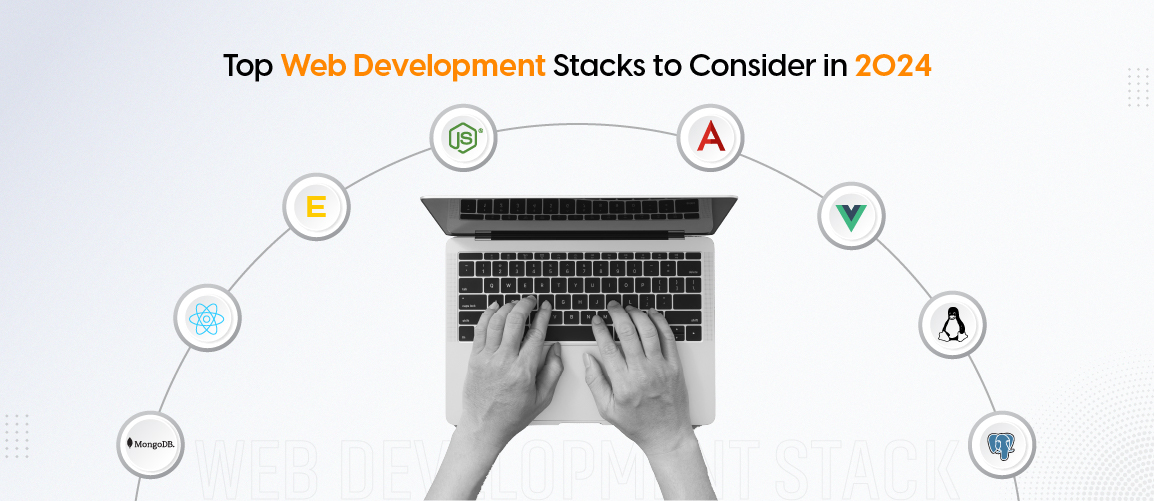

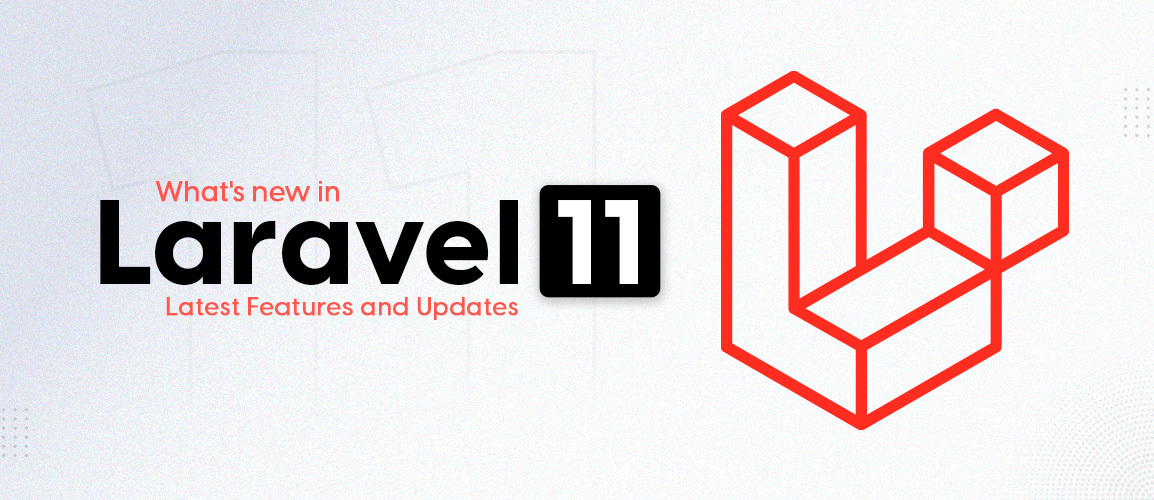

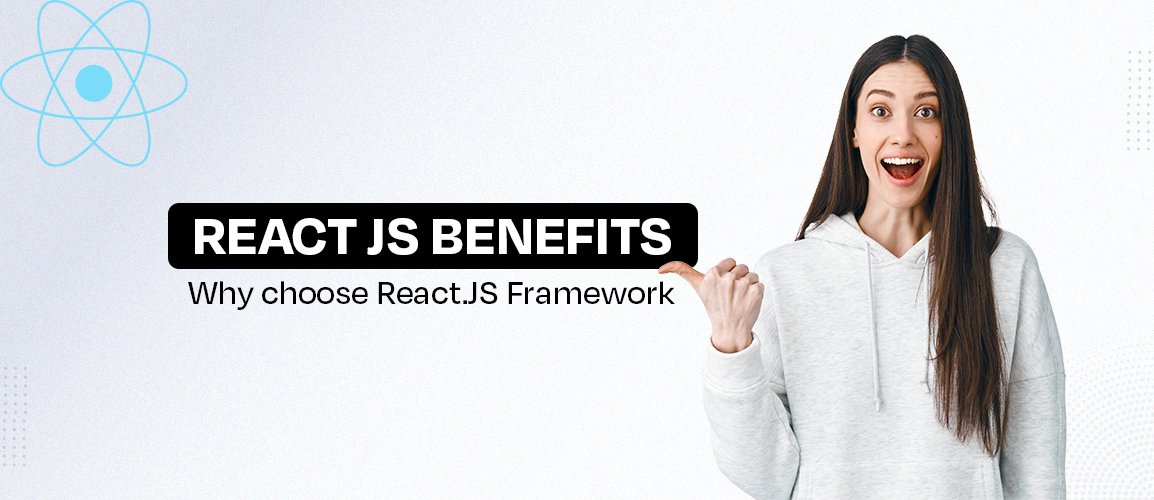
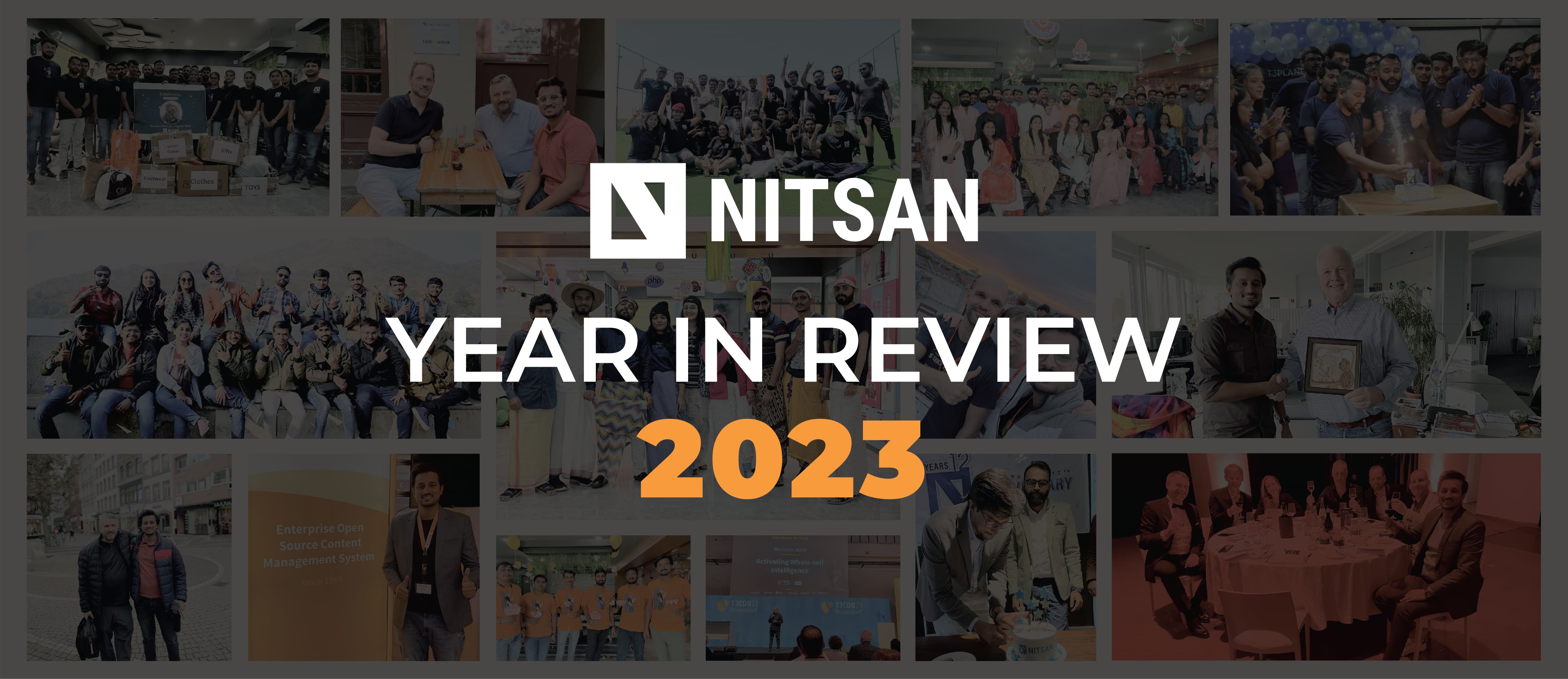

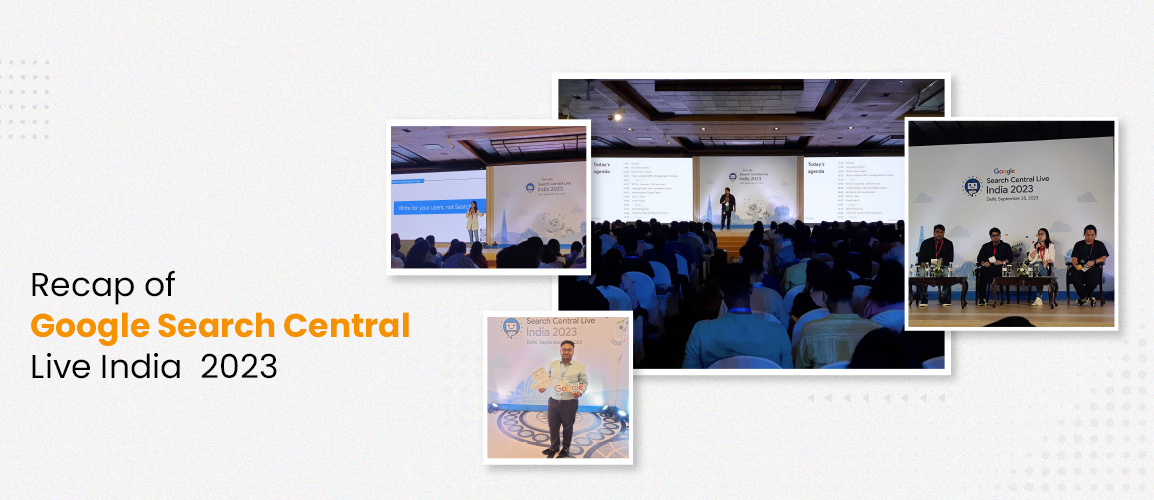
Comments and Responses